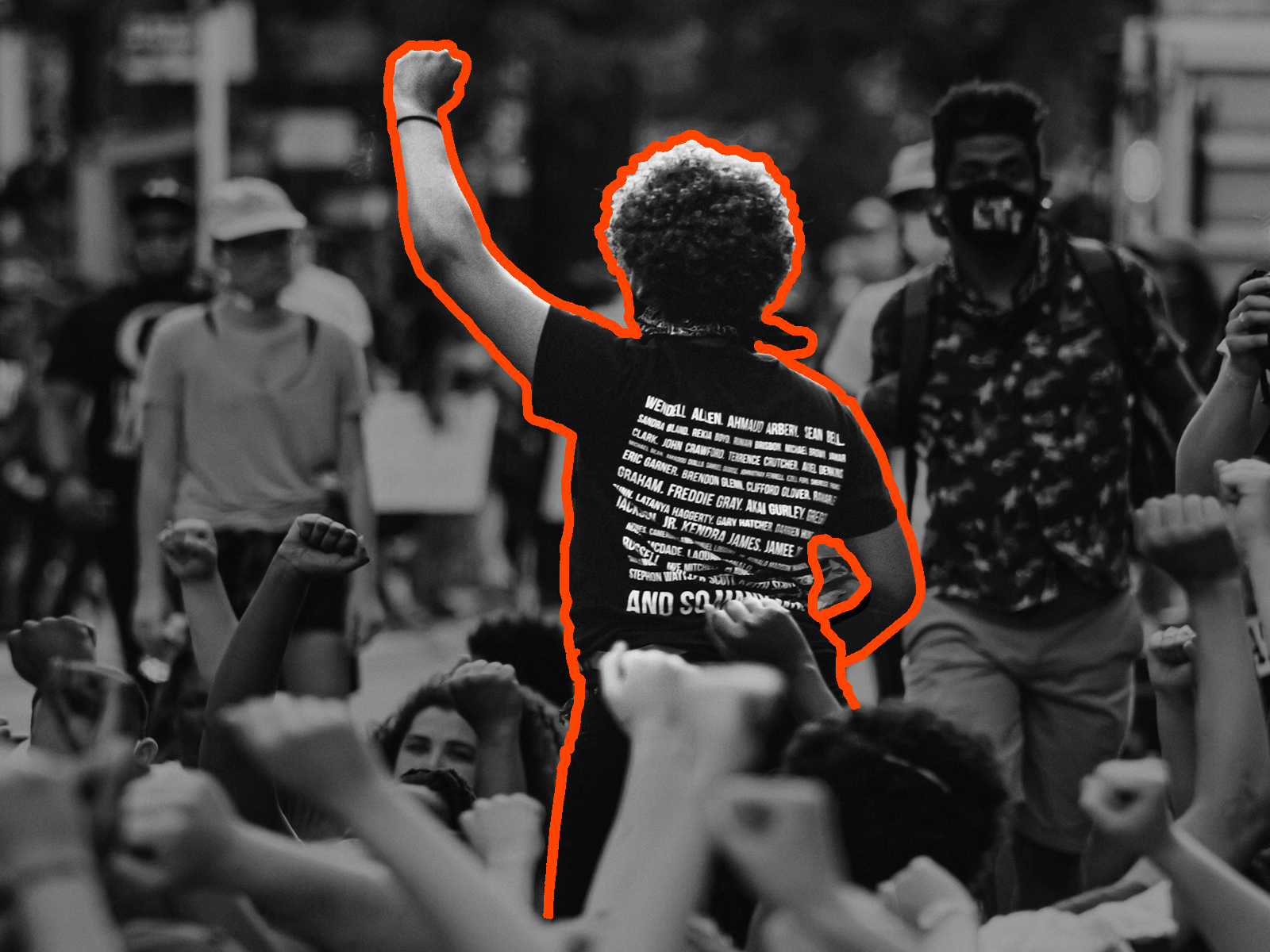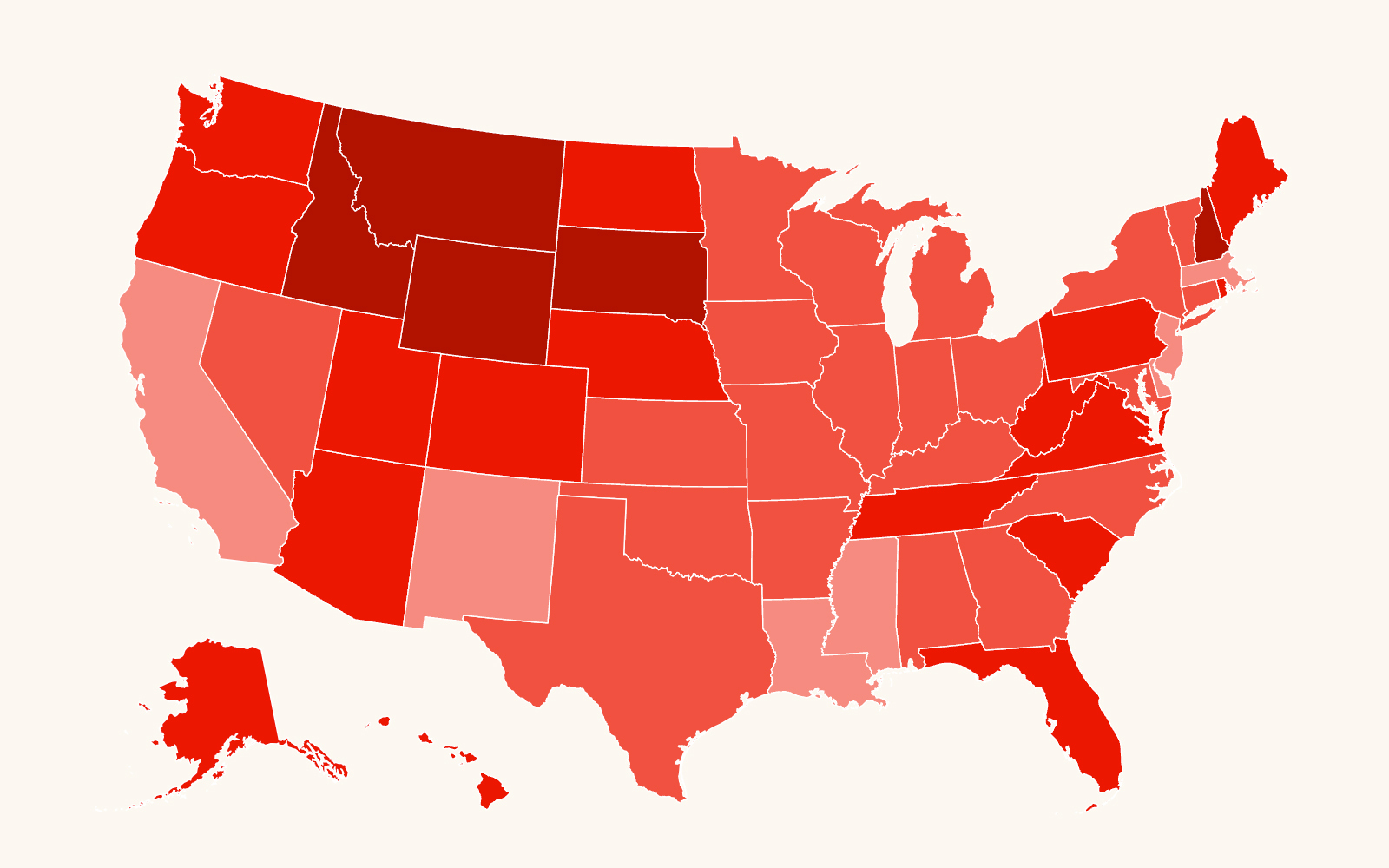Guards shackled Sai Mahad to a chair, placed a mask over his mouth and snaked a long tube through one of his nostrils.
Then they pushed the tube down his throat, all the way to his stomach, and – against his will – pumped a nutritional supplement into his body. The force of the tube going down his throat took away his voice.
Mahad is among hundreds of asylum seekers in Louisiana immigrant prisons who have resorted to hunger strikes to protest their detention by U.S. Immigration and Customs Enforcement (ICE).
But instead of allowing them to protest – a right guaranteed by the U.S. Constitution – ICE is retaliating by force-feeding them. Force-feeding has long been labeled unethical and unjustified. It may even violate the United Nations Convention against Torture.
Under the Trump administration, however, migrant hunger strikes and retaliatory force-feeding are sweeping the nation, particularly in Louisiana.
“Everyone has their own right to express themselves freely and has the right to bodily autonomy,” said Laura Murchie, an attorney with the Southeast Immigrant Freedom Initiative (SIFI) – a project of the SPLC that provides pro bono legal assistance to those facing deportation proceedings in the Deep South. “Hunger strikers are capable of making the decision to engage in a hunger strike, and that decision should be respected.”
The number of immigrants held in ICE custody in Louisiana has recently skyrocketed. Between 2018 and 2019, the state more than quadrupled the number of immigrants it houses from 2,000 to nearly 9,000, holding them in eight newly converted jails.
The growing number of detained immigrants in Louisiana’s immigrant prisons highlights the state’s successful effort to make money from its immigrant detention system. Making a profit by mass incarcerating minorities has long been a tradition in the state, even before the Jim Crow era. By indefinitely detaining asylum seekers, the state has created a rapidly growing revenue stream.
“The growing number of hunger strikes in ICE prisons across the country are no coincidence,” said Sofia Casini, the southern regional coordinator for Freedom for Immigrants, an organization that seeks to end immigrant detention. “It is indicative of complete disbelief in a fair legal process and the lengths ICE is willing to go to indefinitely detain them.”
Freedom for Immigrants, which has been fighting for hunger strikers’ freedom in Louisiana, has filed a complaint with the U.S. Department of Homeland Security’s civil rights office to demand the release of Mahad and four other asylum seekers at LaSalle Detention Facility in Jena, Louisiana.
All five men had loving sponsors willing to support and house them, allowing them to pursue their asylum claims outside of detention, the organization reported.
“How to address hunger striking really boils down to the fact that immigrants should not be detained,” said Murchie, the SIFI lawyer who represented Mahad. “ICE – and the private prison companies that run the facilities – repeatedly look the other way when issues with detention conditions are raised. They pretend like everything is fine. But it is far from fine when they refuse to acknowledge their active and complicit roles in the torturing of people.”
Seized by ICE at the U.S.-Mexico border for simply requesting their legal right to asylum, thousands of migrants were shipped to immigrant prisons in Louisiana between 2018 and 2019. ICE has refused to provide updates on their immigration cases.
Forced to wither away in rural, remote detention centers with no timeline of when they might be released, they remain unseen and largely forgotten. In May 2019, the SPLC sued the Trump administration for categorically denying the release of migrants on parole in the Southeast.
As their requests for release from ICE detention have gone ignored in Louisiana, migrants have turned to drastic measures to demand answers from the agency. Sit-ins and written complaints have proven futile.
Hundreds of the state’s asylum seekers have at some point decided to hunger strike in order to peacefully protest their prolonged detention and encourage ICE to communicate with them.
Treated like criminals
In the past, those who applied for asylum in the United States were able to do so outside of detention if a judge approved their release through parole or bond. In 2016, the New Orleans ICE Field Office released 75 percent of asylum seekers.
But as the Trump administration continues to make immigration crackdowns its centerpiece, approval rates for parole in Louisiana have dropped to a mere 1.5 percent in 2018, leaving many migrants hopeless.
In August 2019 at Pine Prairie ICE Processing Center in Pine Prairie, Louisiana, more than 100 men staged a hunger strike in the immigrant prison’s outdoor recreation area to demand answers from ICE. A man detained at Pine Prairie who witnessed the protest said the hunger strike “was always peaceful,” and the protesters’ intention was never to hurt anyone.
But that didn’t stop ICE from spraying the men with tear gas and shooting them with rubber bullets to stop the protest. ICE officials then forced some of them into segregation, or “el pozo,” isolating them in a cell. They were also blocked from contacting loved ones.
The SPLC has followed the stories of migrants who are often treated like criminals, even though their only “crime” is seeking asylum. Labeled by ICE officials and prison guards as perros – dogs – they are told that they have no rights, and are ordered to “speak English, because you’re in America.”
Said one hunger striker at LaSalle, “I didn’t do any crime, I just seek asylum.”
Meanwhile, as the money continues to flow into state coffers, migrants are “stuck in ‘hell,’” waiting for case updates that may never come. As ICE continues to ignore them, hunger strikers on the brink of death in Louisiana report that they “just want freedom.”
‘You’re next’
In October 2018, Mahad, who is married with a daughter, was asked by four members of India’s Congress Party join them. When he refused, he was punched, kicked and thrown to the ground like a ragdoll. His attackers threatened to murder him.
Two months later, Mahad was attacked again, this time by six members of the Congress Party who used wooden sticks to beat him for roughly 20 minutes before aiming a revolver at him. A village farmworker intervened and saved his life.
After the attack, Mahad wasn’t even able to stand up, so the villager took him home. When he returned to his house bloodied, his family was devastated. Police rejected his statement.
Defeated, he remained in India but left his house after learning that the Congress Party was still searching for him. He fled to the United States in May 2019, believing the U.S. was “the safest place.”
After presenting himself at the Calexico, California, port of entry on May 17, 2019, Mahad was transferred to Tallahatchie, Mississippi. Then he was moved to River Correctional Center in Ferriday, Louisiana. He was locked up at LaSalle on May 23, 2019.
Along with the four other men from Southeast Asia, Mahad began to hunger strike on Nov. 1, 2019 – six months after he was initially detained.
Over his objections, Mahad, 31, was force-fed until he was deported on Jan. 29, a total of 90 days. Weak and wheelchair-bound, he was likely handcuffed before boarding a one-way flight back to India.
“We have no confidence based on the information we’ve received that it was even medically safe for Mahad to fly when he was deported,” SIFI Senior Lead Attorney Peter Isbister said. “We’re concerned that ICE jeopardized his health and his life by removing him when they did.”
Guards have warned the four remaining hunger strikers at LaSalle that they might also be deported, saying, “You’re next.”
A ‘deeply alarming’ immigration detention system
Isbister said it’s important to understand the dire straits that lead migrants to feel as if their only option is to hunger strike.
“I think every American should find it deeply alarming that the immigration detention system being carried out in our names would be so brutal, and lead people to feel so desperate that a prolonged hunger strike seems like somebody’s best option,” Isbister said. “Hunger strikers’ stories and experiences fit into a larger, nationwide pattern of ICE providing willfully substandard medical care to detained individuals.”
Across the country, ICE has systematically ignored the medical, mental health and disability needs of its prisoners.
In August 2019, the SPLC and its allies filed a lawsuit charging ICE with violating the Fifth Amendment and Section 504 of the Rehabilitation Act, after individuals held in ICE custody were repeatedly denied health care, faced discrimination due to their disabilities, were subjected to harmful isolation and were not given proper accommodations for their needs.
Reports of sexual assault, multiple deaths, deplorable conditions and routine use of force is also widespread among immigrant prisons, treatment that is also inflicted upon hunger strikers.
Coupled with the horrific conditions in which they are housed, along with ICE’s refusal to communicate with them, many of Louisiana’s detained migrants resort to hunger striking as a final way to plead for their freedom.
Starving for justice
The sixth hunger strike in 2019 took place in March, at River Correctional Center. But Trump’s stance on immigration is firm, as he vows to hold asylum seekers in detention or force them to wait in Mexico as their claims are considered.
For people like Mahad, who passed the interview that validated his fear of home, Trump has said, “The court process will take years sometimes for them to attend. [We’re] not releasing them into our country any longer. They’ll wait.”
As the Trump administration continues to deny their release, many hunger strikers are left weak and wheelchair bound, and are literally starving for justice.
Photo by AP



